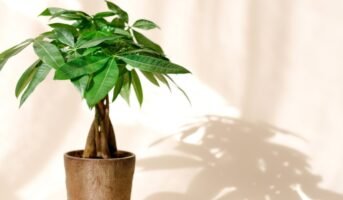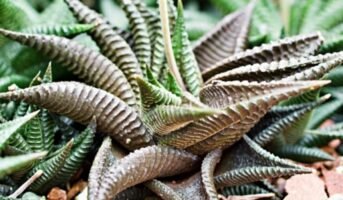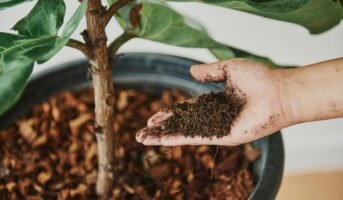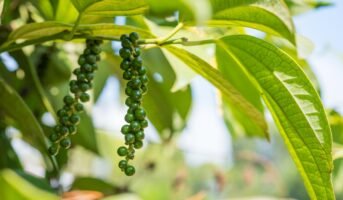A laburnum tree in bloom is one hell of a sight with its golden, bright yellow flowers drooping from the branches, creating a fantastic aura. If trained over a walkway or an archway, the sight is one to behold. Although the tree is essentially meant for larger gardens, one can grow it in smaller spaces and even in containers. These are deciduous trees that shed their leaves during fall/autumn and spring up to life again in early spring. Being fast growers, these trees may show about 40 cm of growth every year.
Laburnum tree: Quick facts
| Scientific Name of species | Laburnum |
| Common names | golden chain, The Wood of Scotch, Alpine |
| Height | 30 feet |
| Family Name | Legumes |
| Distribution Range | Central and Southern Europe |
| Best Time to Grow | September – March |
| Care & Maintenance |
|
| Uses & Benefits, if any | The seeds are used to produce some medicine but consuming other parts of the tree raw should be avoided at all costs, as laburnum is toxic. |
Laburnum: The Genus
Laburnum belongs to a genus of two species of small trees from the subfamily Faboideae of the pea family Fabaceae. Faboideae is a class of flowering plants that can adapt well to different environments.
Laburnum tree: Physical description
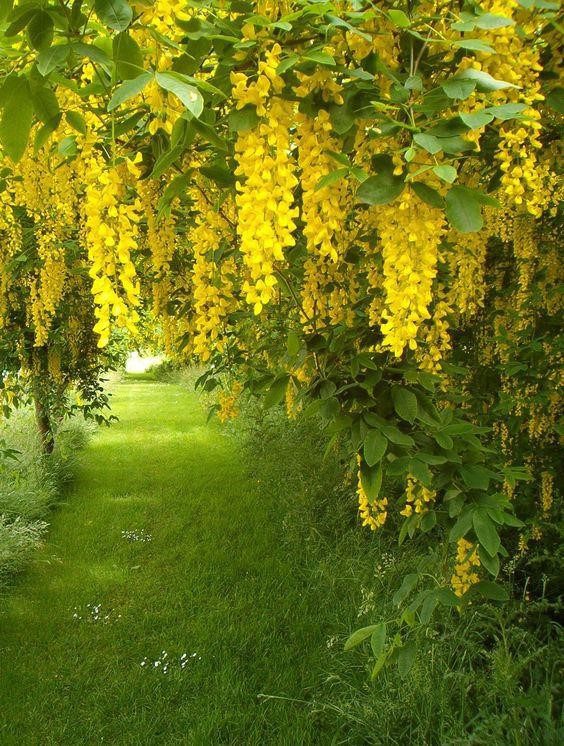
Source: Pinterest
It is a small, deciduous tree that grows about 30 feet tall in a small garden. With a small trunk and a smooth, olive-green bark, the tree grows pale-green leaves, having three leaflets. The flowers that bloom during May are bright yellow or golden and hang in the long racemes (about 10 inches), like other species in the Pea family.
Laburnum tree: How to grow?
Laburnums are low maintenance trees that grow well in a sunny area with moist, well-drained soil. Pruning is required only if they are out of shape. Moreover, the plant does not need frequent watering or feeding.
Laburnums can be propagated through hardwood cuttings. Plant them during autumn or winter. Dig a large hole in the garden wider than the rootball and having the same depth. Add ample amount of well-rotted manure or garden compost. Fill it with garden soil, firm in well and water the plant.
You can also sow the seed in autumn.
Laburnum tree: Growing conditions
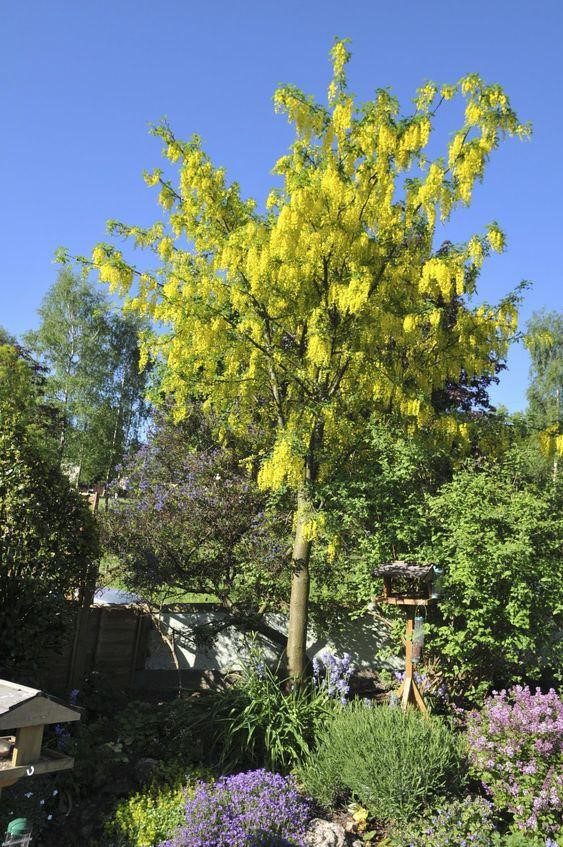
Source: Pinterest
The Laburnum tree, or golden chain tree, belongs to the family of legumes and grows about 22 feet tall and 18 feet wide. It is a spectacular sight when it flowers, which is one of the biggest reasons it is grown in home gardens and commercial landscapes. In springtime, the ornamental value of the tree increases with leaps and bounds as the golden yellow showers cover it completely.
See also: Olive tree: Know how to grow and maintain
Now, if you want to grow one in your home garden, you should know more about its growing conditions, as follow:
Soil requirements
The Laburnum tree is not too demanding when it comes to soil. It can do well in any kind of soil as long as it is well-draining. However, the best soil for the golden chain tree is an alkaline, loamy mix rich in organic matter. Dig a hole bigger than the ball of roots and fill it with garden compost or organic manure before planting the tree and filling the hole in with garden soil. Now, water it well and stake the plant firmly.
Sunlight requirements
In places where the temperatures do not rise much in summer, that is, colder regions; the laburnum will require full sun. However, in hot, tropical areas, you may need to protect the plant from the midday sun. That is why, if you want to grow the laburnum tree in India, you can try it in a container that you can place indoors in summer. Pick a container with drainage holes at the bottom, as the laburnum can die if the roots are waterlogged for a long time.
Water requirements
The Laburnum trees thrive well in moist soils but take care not to make it waterlogged, as the roots may die then. You can water the young plant once a week when the weather is dry. However, if the climate gets too hot, water it more frequently.
Fertiliser requirements
You should fertilise your laburnum tree before the bud breaks, which is in early spring. Use a fertiliser which is high in acidic content, perfect for flowering shrubs and trees. Read the instructions carefully on the package and use the fertiliser according to the tree’s height and age.
Laburnum tree: Care and maintenance

Source: Pinterest
The Laburnum tree thrives well in cool, humid summers. Hence, if you are planning to grow it, make sure that you keep it away from direct sunlight during the hot summer months. Water the soil regularly and keep it moist but avoid overwatering. Organic compost or organic 10-20-10 fertilisers will enhance growth.
The size of the laburnum tree depends on how well you prune it. It can be grown as a flowering shrub or a fully-grown tree, depending on your pruning capabilities. If you want to keep it small, prune off the leader stem and let the secondary ones grow. But if you want to make it tall and erect, prune off all the secondary stems. Do not forget to stake the plant while it is still young. When should you prune it? Well, according to the experts, the growing season is the best time to prune the laburnum tree, as it takes shape after pruning. However, do not prune the tree in early spring, as it leads to susceptible wounds, and insects may invade it then.
Laburnum tree: Uses and benefits
The laburnum tree is aesthetically valuable because of its golden shower blooms that can make any place look majestic and fantastical. Besides, it yields supreme-quality wood that can be polished golden and used in furniture. Also known as the L. Alpinum wood, Laburnum wood is highly-priced and one of the most sought-after woods in the lumber industry. This apart, the laburnum wood is also used to make musical instruments, like flutes, pipes, and recorders.
The seeds of laburnum are still used to produce certain medicines, especially those that work for nausea and diarrhoea. Sometimes, the seeds of laburnum are also used in the manufacture of pesticides.
Healing properties of the Laburum Tree
Laburum tree has a great significance in Ayurveda. Among the different parts of the tree, the bark is considered the most effective and it is a laxative in its characteristics. Further, the oil from the seeds of laburnum top is considered effective in ensuring smooth bowel movements. Moreover, the tree is considered beneficial for treating skin diseases and several infections, including fungal infections.
Laburnum tree: Toxicity
Although the seeds of laburnum are used in some medicines, all parts of the plant are considered toxic for direct consumption. The seeds and fruits can even be fatal for an adult. Laburnum poisoning occurs when you consume seeds, berries or any other part of the plant. It leads to dizziness, sweating, diarrhoea, and even paralysis and muscle spasms. Get medical attention right away if you accidentally consume any part of the tree.
FAQs
Can I grow the European Laburnum in India?
Yes, you can, provided you take careful measures to create the perfect temperature, humidity and other conditions for the plant to thrive. You can put it in a container and grow it as an indoor plant, especially during summer, as the laburnum cannot tolerate tropical heat.
Why is laburnum considered poisonous?
The plant contains cytisine, an element that is poisonous to the body and may lead to stomach issues, vomiting, dizziness and many other abnormalities. If injected in large amounts, it can also be fatal.
Can I keep my laburnum at home if I have children?
It is advised not to grow laburnum in a home with children or pets, as all parts of the tree are poisonous. However, if you can manage, keep it away from their reach.
What is the best spot to keep my laburnum tree?
Choose a spot that receives partial sunlight. Put it in a container with drainage holes at the bottom, as the tree may die due to water logging.
| Got any questions or point of view on our article? We would love to hear from you. Write to our Editor-in-Chief Jhumur Ghosh at [email protected] |
Housing News Desk is the news desk of leading online real estate portal, Housing.com. Housing News Desk focuses on a variety of topics such as real estate laws, taxes, current news, property trends, home loans, rentals, décor, green homes, home improvement, etc. The main objective of the news desk, is to cover the real estate sector from the perspective of providing information that is useful to the end-user.
Facebook: https://www.facebook.com/housing.com/
Twitter: https://twitter.com/Housing
Email: [email protected]


